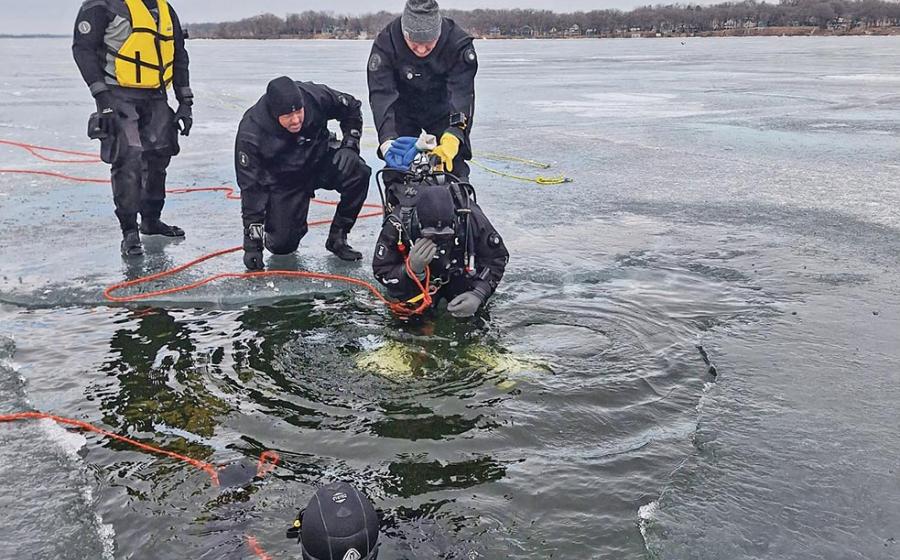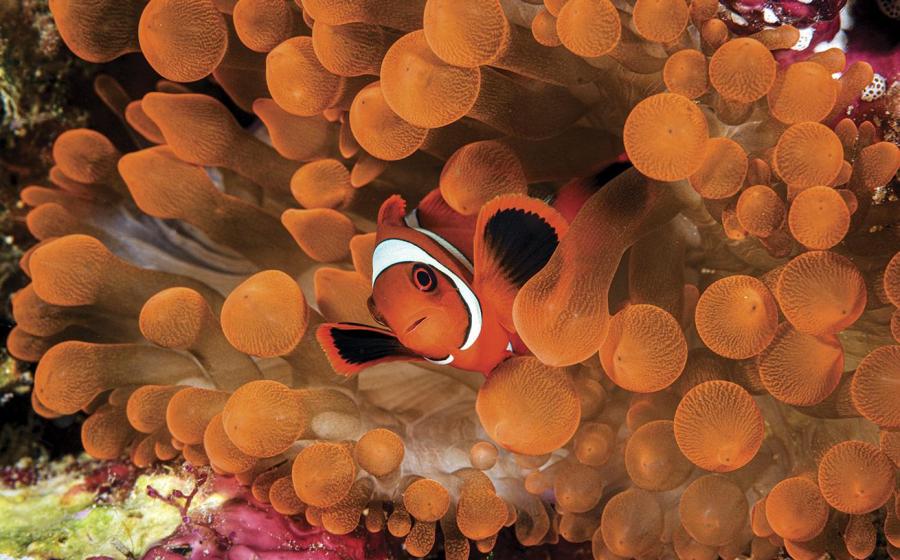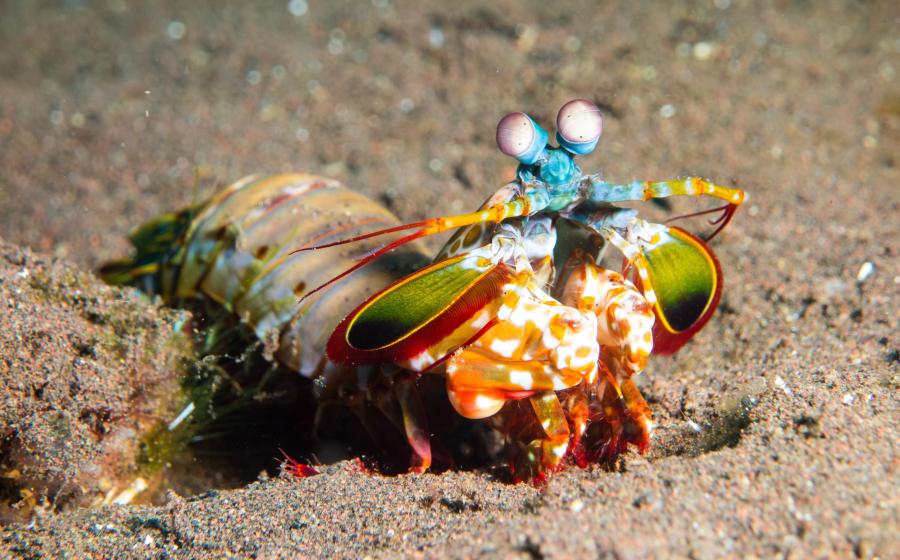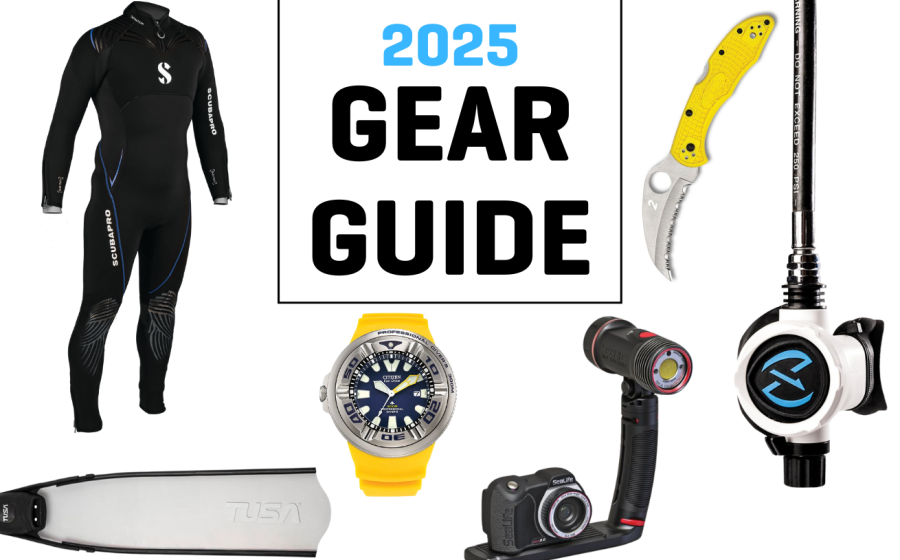The Best Scuba Destinations for Beginner Divers

Jennifer PennerBonaire’s shallow, sandy entry points and calm waters are a draw for budding divers, but its biodiversity attracts divers of all skill levels.
Bonaire
The only thing better than becoming open-water certified is gaining the confidence to put your cert to use. Bonaire is that training-wheels destination where newbies can safely and gradually tackle increasingly bigger underwater challenges, all while taking in the same sights and thrills enjoyed by lifelong divers.
The Dutch Caribbean island’s biggest claim to fame is its shore diving, accessible any time of day or night. But for brand-new divers, this may prove more intimidating than inviting. The fix: Hire a private guide for a day or two.
Related Reading: Readers Choice: World's Best Places to Go Scuba Diving in 2025
“A lot of beginners rely on that service when they don’t feel comfortable going out by themselves [with just a buddy],” says Denise Korsten, shop manager with Toucan Diving, the in-house scuba operator of Plaza Resort.
Diving alongside a pro helps one build navigational skills and learn best practices, such as the figure-4 position to don fins in the shallows. These skills can also be gained by taking the offered PADI Shore Diver distinctive specialty course, a two-dive certification focusing on entry and exit skills, navigation, equipment and tips on the local environs.
“After either one, you feel solid enough to rent a truck and explore on your own,” she says.
Of Bonaire’s dive sites, which mostly span the entire western, leeward coast, Korsten steers green divers to the southern sites between the Salt Pier and the Invisibles. Entry points start with shallow, sandy patches and lead to reefs. Once atop the coral reef, divers of all abilities taste the freedom for which Bonaire is so beloved: Dive the depth and path you’re most comfortable with, stay as long as you like (within safety limits), then rinse and repeat.
Need To Know
When To Go Bonaire is a year-round destination outside of the hurricane belt.
Visibility 60 to 100 feet.
Water Temps 80 to 86 degrees; August and September are the warmest.
Don’T Miss Eighteen Palms is Plaza Resort’s house reef, and it’s packed not only with life but also dive-shop additions, such as swim lines, for easy navigation. “The more reference points you have, the easier the dive,” says Korsten. Plus, she says, “You’ll see the things you expect to see on Bonaire,” including frogfish, seahorses, sea turtles and octopuses.
Contact Toucan Diving (toucandiving.com)

Shutterstock/Subphoto.ComChrist of the Abyss, a bronze statue placed in the sea just off the coast of Key Largo, is a prime spot for a photo op.
Florida Keys
The shallow reefs, sandy patches, warm water and ease of travel are all solid arguments in favor of choosing the Florida Keys as a beginner dive destination— but the biggest might be the practices followed by the dive shops.
“American safety standards give people peace of mind,” says Jeff Gneiser, owner of Amoray Diving. “You’re diving on a U.S. Coast Guard–inspected vessel with dive teams that cross their t’s and dot their i’s.”
Each dive center also has its own best practices, designed to keep all their charges as safe as possible. At Amoray Diving, the in-house dive center of Amoray Dive Resort, divers must take a refresher course if they have been out of the water for a year or longer. Additionally, anyone’s first dive of the week can’t be a deep dive, an ask designed to help folks reacquaint themselves with scuba gear and dive procedures before hitting the more nitrogen-saturating depths.
“Still, you’re not shorting yourself on the experience,” says Gneiser of going shallow to kick off a trip.
In fact, the shallow reefs of the Keys are part of the destination’s allure.
“You don’t have to go deep to see blue runners, barracuda and occasionally an eagle ray cruising through.”
Need To Know
When To Go The Florida Keys is a yearround dive destination. April and May bring the most consistent conditions, from flatter seas to better visibility.
Visibility If there haven’t been strong winds prior, visibility can be 50 to 60 feet on reefs and 80 to 100 feet on wrecks.
Water Temps 86 degrees in summer and mid-70s in winter.
Don’T Miss Christ of the Abyss, a statue surrounded by coral reef, offers an easy-to-navigate site. Keep the reef on your left until you reach the target, then return at your leisure. The statue is a fun photo op. Plus, says Gneiser, “I can’t guarantee that you’ll see a seahorse, but I can guarantee you’ll find Christ.”
Contact Amoray Dive Center (amoray.com)

Shutterstock/Hamizan YusofClownfish, often found in close proximity to the anemone homes that offer them protection, are a favorite among divers in Malaysia.
Malaysia
Where the Indian Ocean meets the South China Sea, much of the diving is advanced, with deep walls and the occasional down current. Malaysia enjoys the same biodiversity and a similar topography to neighboring Indonesia. Both nations are composed of seemingly countless islands, coves and bays.
Unlike some stretches of Indonesia, the Malaysian island of Tioman has underwater critters—from nudibranchs to cuttlefish—but without the big swells or down currents.
Related Reading: Best Destinations for Underwater Photography
“If you compare us to Indonesia, we don’t have difficult reef formations or any of the things that make diving hard for beginners,” says Martin Ritter, one of the owners of Tioman Dive Resort.
The diving is like the island: tranquil. Tioman has a back-in-time feel. Absent are high-rise buildings and cars. Here, motorcycles cart gear and other necessities. Underwater, it’s the same timeless appeal, where pristine reefs are surrounded by schooling fish. “Tens of thousands of them,” says Ritter.
It’s enough to simply drop down and watch the snapper, fusiliers, batfish and more.
Says Ritter, “I just like to hang there and be mesmerized by the fish life.”
Need To Know
When To Go Malaysia is a year-round dive destination. Tioman Island sees the best conditions April to September.
Visibility 40 to 100 feet, depending on the site.
Water Temps 80 to 86 degrees.
Don’T Miss For beginners, Chebeh Island is the pick. “On the surface are huge granite boulders, split in half. You descend and immediately come to a batfish cleaning station. They’re so curious that they come and follow you. Keep going and you come to an overhang covering a cove full of glassfish, then thousands and thousands of baby barracuda.” Best of all? “Even absolute beginners doing a PADI Discover Scuba Dive can do this site,” says Ritter.
Contact Tioman Dive Resort (tiomandiveresort.com)
Readers Choice Awards 2025
This year we surveyed 8,566 readers on their favorite destinations, resorts, operators and liveaboards, awarding their top picks across a variety of categories. Our Readers Choice travel feature highlights the first-place destinations in each global region and offers a taste of what makes each a reader favorite.










